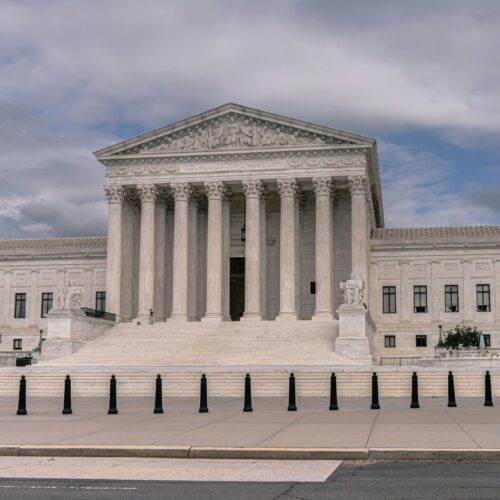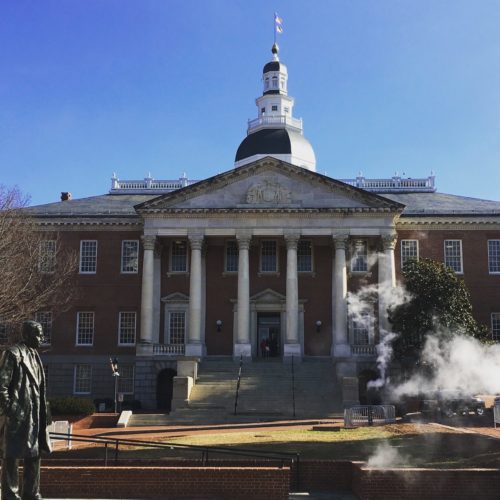EPA’s Clean Power Plan: A brief overview for the ERC Region
On August 3, the Obama administration finalized the Clean Power Plan, the first-ever national rule to cut carbon pollution from existing power plants. The U.S. Environmental Protection Agency (EPA) also issued final carbon pollution standards for new, modified, and reconstructed power plants, and proposed a federal plan and model trading rules to assist states in implementing the Clean Power Plan. In announcing the plan at the White House, President Obama called it “the single most important step America has ever taken in the fight against global climate change.”

Photo by Priscilla Du Preez on Unsplash
The final rule was developed under Section 111 (d) of the Clean Air Act, and includes a number of modifications to the draft rule released two years ago, which received more than four million comments from state and federal officials, utilities, energy producers, nongovernmental organizations and others. It calls for a 32 percent reduction in carbon pollution from existing power plants by 2030, based on 2005 levels, and assigns each state a specific emission-reduction goal based on that state’s energy mix. EPA will provide guidance to states but leaves much of the design for the emissions reductions to them. The agency anticipates that allowing states the flexibility to devise cost-effective plans to meet their targets will help lower costs to consumers, and spur private investments in renewable energy and energy efficiency technologies. States have until 2016 to craft a draft plan for complying and until 2018 to submit a final plan.
States can use EPA’s model trading rules or create their own plan to achieve the required cuts. States have significant leeway to develop and implement plans that ensure that the power plants in their state – either individually, together or in combination with other measures – achieve carbon-dioxide (CO2) emissions performance rates over the interim compliance period, from 2022 to 2029, and the final emission performance rates, rate‐based goals or mass‐based goals by 2030.
The final rule also gives states the option of working with other states on multi‐state approaches to address carbon pollution.
Fossil fuel-fired power plants represent roughly one-third of CO2 emissions in the U.S., the largest source of such pollution. EPA projects the rule will lead to a dramatic decline in other harmful pollutants as well, and benefit public health. Emissions of soot- and smog-forming sulfur dioxide are expected to drop by 90 percent, and nitrogen oxides, by 72 percent. The agency calculates the rule will produce net climate and health benefits totaling $26 billion to $45 billion, and avoid 3,600 premature deaths each year. It also projects that it will lower electric bills by $7 per month by 2030.






